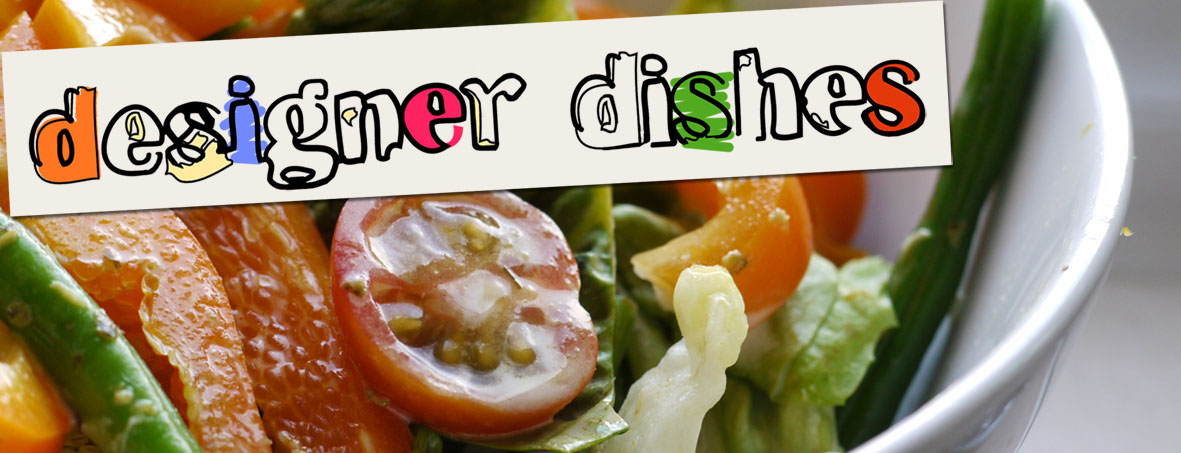Fat free yogurt. When will I ever learn? One word. Bleugh! Okay, so maybe it’s an onomatopoeia. Either way, it was grim and I couldn’t bring myself to finish. This was mainly down to the strangely chalky and bitter aftertaste which crept in after the (equally bitter) disappointment at the lack of any kind of flavour had subsided. I double-checked the packaging and confirmed to myself that, logically, there should be at least three flavours present – yogurt, vanilla and chocolate. Alas, all that my taste buds found was an assault of sickly sweetness as the gloop covered my tongue. I’ve said it once but I’ll say it again: bleugh.
My bad experience drew me to consider the ingredients listed on the side of the offending tub. I’m assuming that vanilla comes under the blanket term “flavourings” but I was pretty bewildered by some of the other (alien) components catalogued in micro-lettering.
Acesulfame K and Aspartame are both artificial calorie-free sweeteners which is 180-200 times sweeter than table sugar which, individually, can have a bitter aftertaste. In combination with the other sweetener listed, Aspartame, it takes on a more sugar-like taste where each one masks the others aftertaste and tastes sweeter than the sum of its component sweeteners. Clever but a little Franken-food to me! Especially as it obviously hasn't worked in this case. Both sweeteners have obviously been approved for general used by the powers that be but some critics claim that they haven’t been tested adequately enough. Some suggest that artificial sweeteners of this ilk may be carcinogenic but this has been dismissed by the governing bodies.
You may recognise pectin on the list which will, I think, have been used as a thickening agent. Pectin is the lovely stuff that makes your jam set and occurs naturally in varying amounts in fruits like apples and oranges. In Europe, you'll sometimes see pectin on ingredients lists as E440 (or E440(i) or E440(ii). Strangely, the yogurt also contains gelatin, which would also act as a thickener. Animal skin and bone with your yogurt? Mm-mm! Tastes like mammal! Needless to say, this "delicious dessert" isn't vegetarian.
There's a little note saying “A source of phenylalanine” too which after some quick research tells me that the yogurt is fortified with an essential amino acid which acts as a building block for proteins in the body. Our bodies break aspartame down into its components including phenylalanine. This is good for the majority (as it is an essential amino acid which our bodies can’t make and we have to find through our food) but bad news for people with phenylketonuria, a rare genetic disorder which means that the body can’t metabolise phenylalanine.
I don’t like my food to be fooled around with though I'm aware that the only reason many of us are here today is simply the fact that we can process and keep food for distribution around the country or even world. I like to limit my processed food intake and generally make most things from scratch (as you can probably tell!). I haven't taken this to the level of my parents - my Dad makes his own yogurt! Maybe this is the kick start that I need to try it! Next time, I'll definitely be going for full fat yogurt and adding my own chocolate sprinkles (more than 0.5% too!). No matter what you eat, take the time to become familiar with what's actually in it.
Wednesday, 28 September 2011
Subscribe to:
Post Comments (Atom)






No comments:
Post a Comment